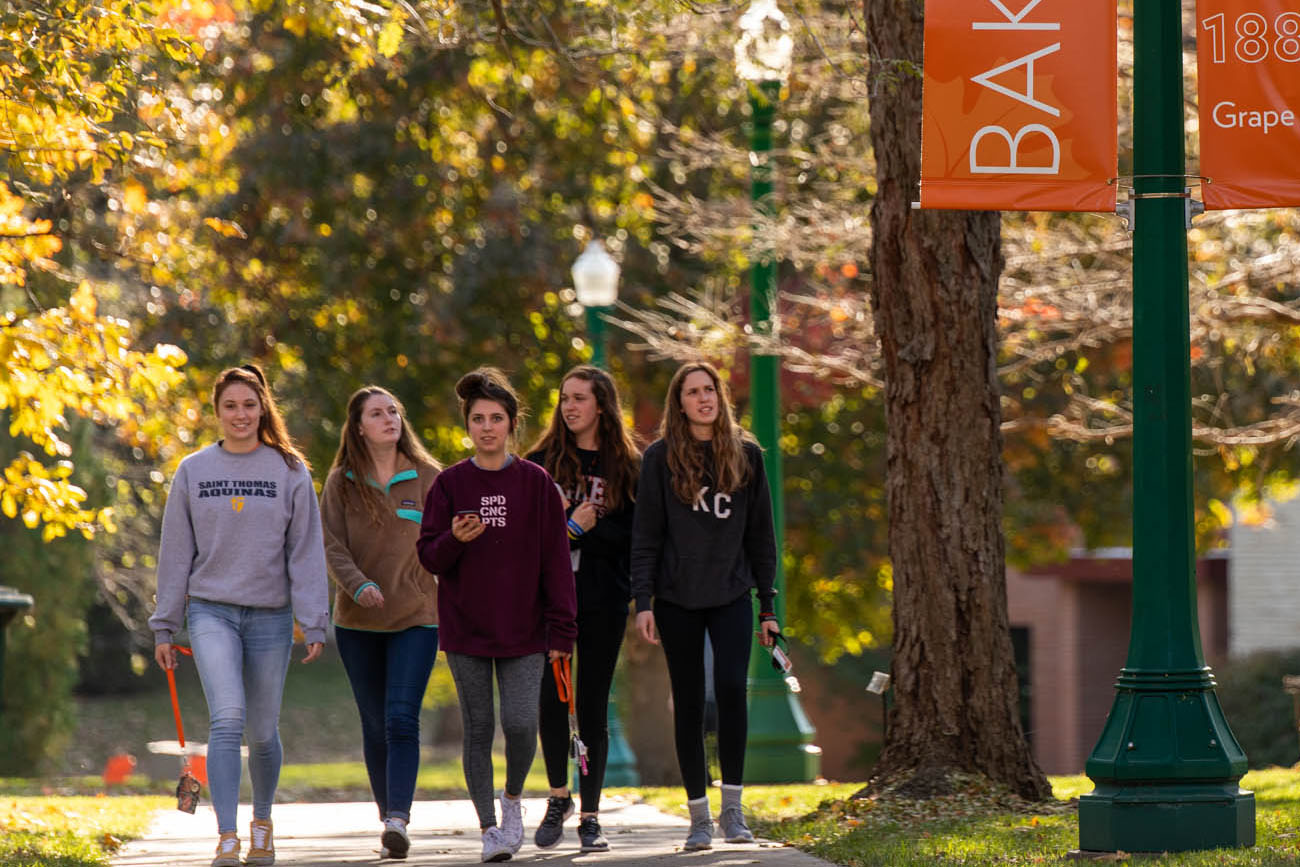Baker University
Welcome Center & Office of Admissions
Help your high school senior with their college checklist.
College Checklist
1.
Visit or revisit your top colleges.
(Don’t forget Baker!)
2.
Start the application for admissions.
(It’s not too late at Baker.)
3.
Submit all required application materials.
4.
File the FAFSA.
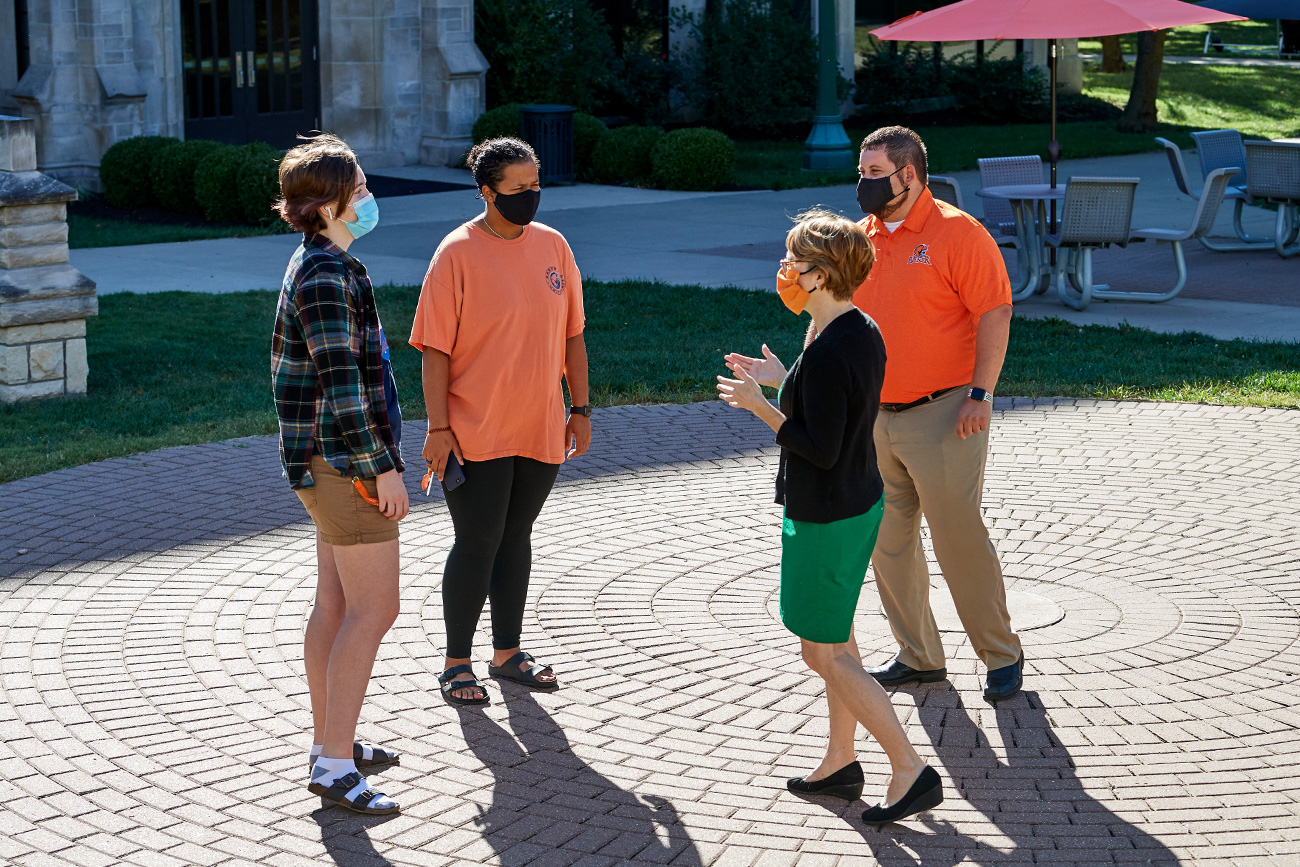
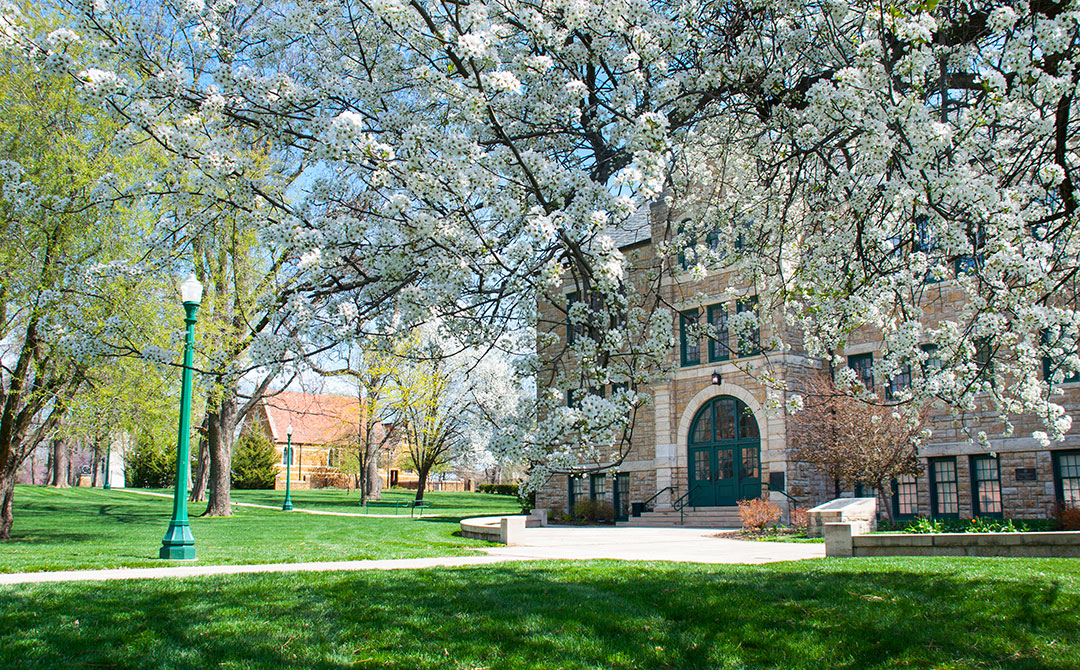
5.
Talk to an admissions counselor about scholarship opportunities.
(Meet our counselors.)
6.
Submit your enrollment deposit.
(Save your spot at Baker.)
7.
Sign up for an orientation session.
(At Baker, you will receive your course schedule and meet new friends during Orientation Day.)
How to Apply
Many colleges require entrance exams, typically the ACT or SAT. Do your research and make sure you know the test requirements at each school your student is interested in.
Some colleges may require letters of recommendation as part of the admissions process. This provides the school with a more complete picture of the student. If your student needs letters of recommendation for an application, have them ask teachers, coworkers, or supervisors to complete these.
In addition to test scores and recommendation letters, a college might want a personal statement or essay to learn more about your student’s thoughts, interests, experiences, perspectives, or challenges they’ve faced.
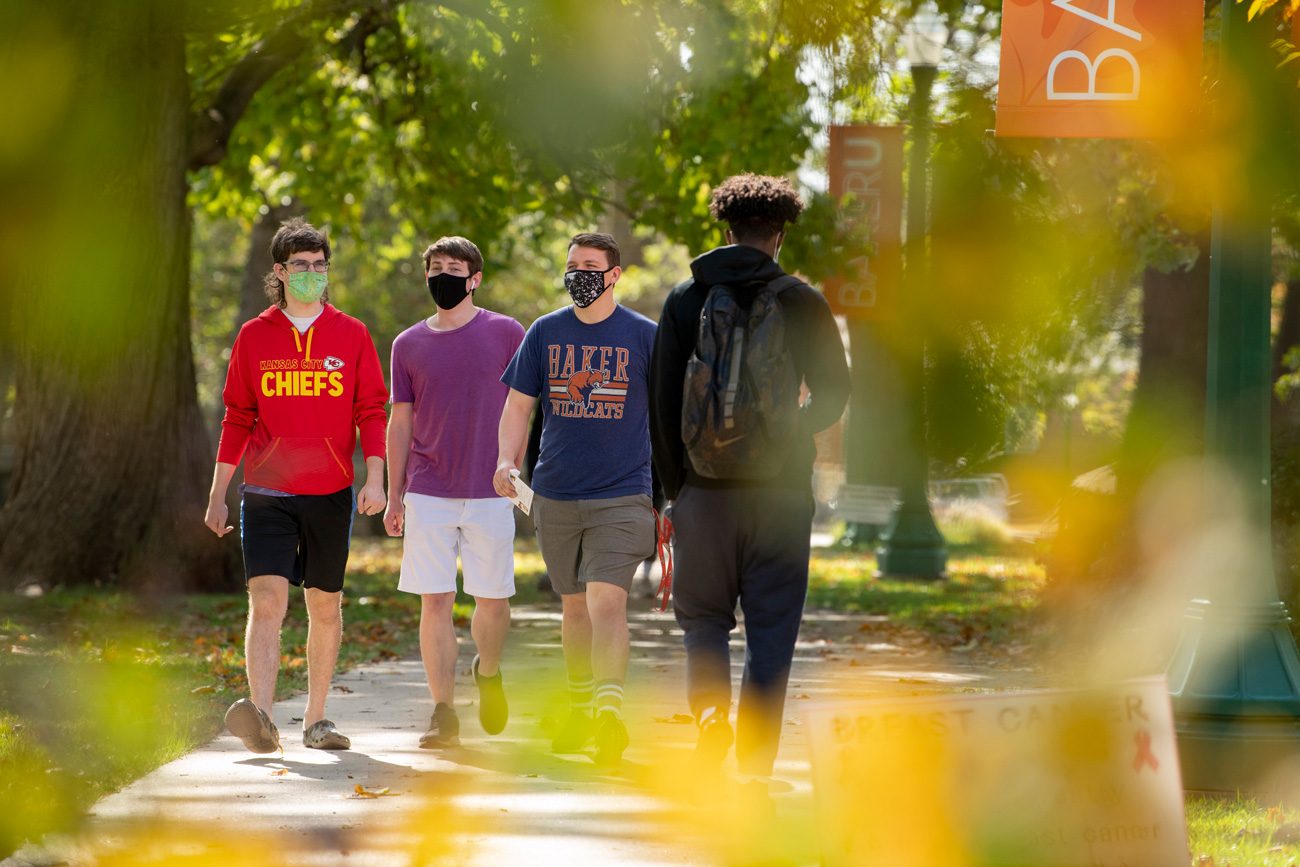
What should your student ask during the college search? It depends!
Do I want to be close to home or far away? Visiting is a great way to find out whether a college feels like a good fit.
Is this college the right size for me? There are benefits to all sizes. Small colleges offer a more personalized experience.
Is this college in the right location for me?
Does this college offer my area of academic interest and activities I want to participate in?
What is campus housing like?
Academics
Choosing a Major
Some students have a strong idea of what they want to major in. If this is your student, it’s a good idea for them to meet with faculty during their campus visit and tour the building and facilities their classes will be held in.
If your student doesn’t know, they’re not alone. According to Inside Higher Ed magazine, “Almost a third of first-time college students choose a major and then change it at least once within three years.”
During your senior’s college search, they have probably learned about general education courses: a list of required courses that all graduates must complete. This is a great opportunity to explore different disciplines and helps many students choose a major.
Baker offers a unique approach to gen eds: The Baker Core.
Instead of simply checking off requirements to meet credit hour totals, students gain comprehensive knowledge through integrated courses that support a theme they have chosen. This leads to graduates who enter the workforce prepared for any career because they have the skills to think critically, communicate effectively, and solve problems creatively.
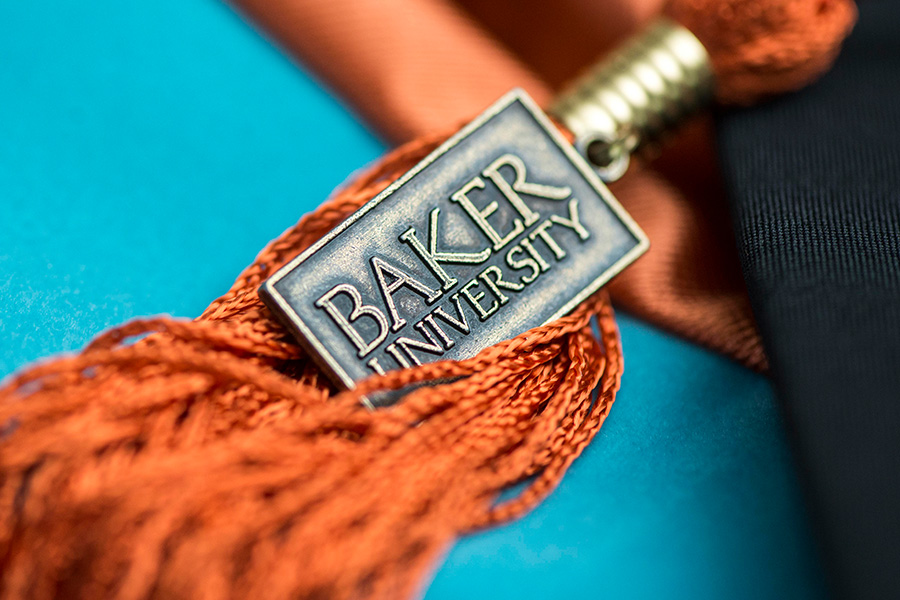
Financial Aid
Ways to make college affordable
Financial aid packages from schools usually include university scholarships, state and federal assistance, campus work, and student loans.
How to Apply for Financial Aid
Fill out the Free Application for Federal Student Aid (FAFSA). Check for priority deadlines at schools and make sure it’s filled out in advance of those deadlines. Each school has a federal school code, which allows your FAFSA statement to be sent to schools of your choice. Baker’s federal school code is 001903.
Check each school for admission and financial aid applications. This will give you and your student a good idea of what scholarships and aid your student is qualified for from that school.
Complete entrance counseling and loan applications online if you want to use federal student loan eligibility. Use your Student Aid ID (formerly FSA ID) to sign in.
Investigate additional payment options. This includes outside scholarships, scholarships offered through businesses in your hometown, and outside loans.
Most schools have a financial aid page on their website that explains aid options through the school and other scholarship options available to students.
Financial aid requirements and suggestions vary by school.

